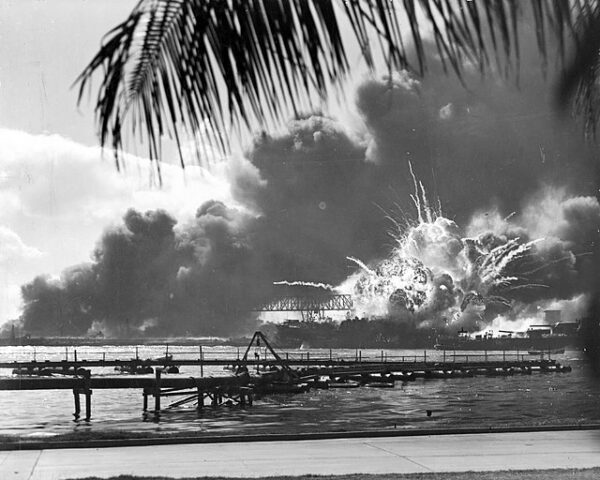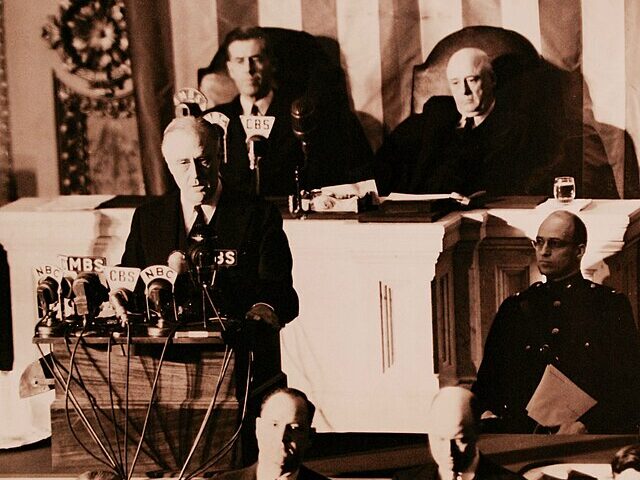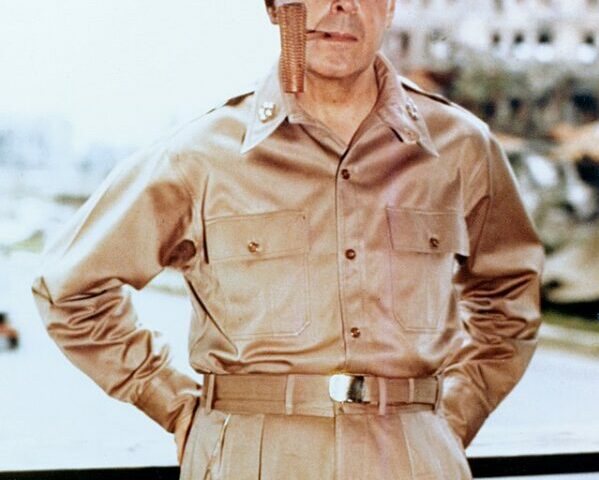It’s a date that will live in infamy. Pearl Harbor. December 7, 1941. The Japanese sneak attack against the United States naval base on Pearl Harbor, Hawaii, not only changed the course of American history, but world history
The attack, consisting of surprise aerial assaults launched from Japanese aircraft carriers, was a devastating and unprovoked act that thrust the United States into World War II. The assault aimed to cripple the Pacific Fleet, preventing the U.S. from interfering with Japanese expansion in the Pacific. The bombing of Pearl Harbor was meticulously planned and caught the American forces off guard, resulting in the destruction of numerous ships, aircraft, and the loss of thousands of lives.
The History Channel writes, “Just before 8 a.m. on that Sunday morning, hundreds of Japanese fighter planes descended on the base, where they managed to destroy or damage nearly 20 American naval vessels, including eight battleships, and over 300 airplanes. More than 2,400 Americans died in the attack, including civilians, and another 1,000 people were wounded.”
The consequences of the Pearl Harbor attack were profound, marking a turning point in the course of World War II. The destruction of a significant portion of the Pacific Fleet severely limited the United States’ immediate ability to respond to Japanese aggression in the Pacific. The attack galvanized the American public, stirring a strong sense of patriotism and unity. Just one day after the attack, President Franklin D. Roosevelt delivered his famous speech to Congress, declaring December 7, 1941, as “a date which will live in infamy” and requesting a declaration of war against Japan. This event propelled the United States into a full-scale commitment to the Allied cause.
The aftermath of Pearl Harbor had far-reaching geopolitical implications. The attack led to the formal entry of the United States into World War II, significantly altering the dynamics of the conflict. The Pacific Theater became a major battleground, with the U.S. and its allies engaging in intense naval and island-hopping campaigns to push back Japanese forces. The Battle of Midway, which followed six months later, proved to be a critical turning point in the Pacific War, where the U.S. dealt a severe blow to the Japanese fleet, changing the momentum in favor of the Allies.
Decades after the Battle of Pearl Harbor, the event remains a symbol of resilience, sacrifice, and the consequences of unprovoked aggression. The attack’s legacy is memorialized at the USS Arizona Memorial, which stands above the sunken battleship, serving as a somber reminder of the lives lost and the enduring impact of that fateful day. The lessons learned from Pearl Harbor continue to shape military strategy and international relations, emphasizing the importance of preparedness and the need for diplomacy to prevent such catastrophic events in the future.






